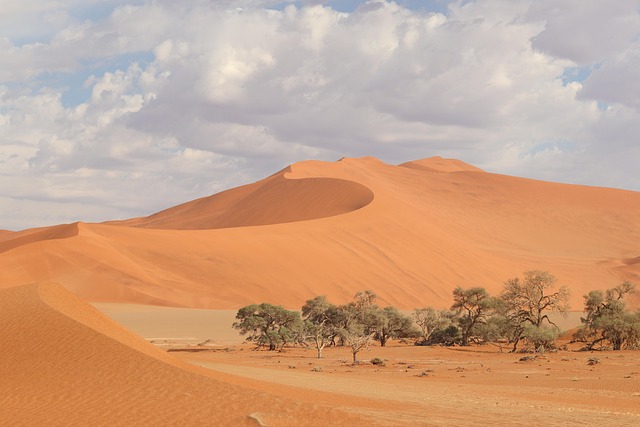Desertification is an insidious and gradual process that often goes unnoticed until it’s too late. It subtly creeps into ecosystems, leading to a devastating impact on our planet’s vegetation. As we continue to grapple with the effects of climate change, it becomes clear that the destruction of vegetation is one of the most silent yet profound threats we face today.
Across the globe, we are witnessing the alarming phenomenon of vegetation destruction. Once lush and fertile regions are transforming into barren landscapes, marked by dried soils and parched earth. This deterioration not only adversely affects the flora that once flourished but also has catastrophic consequences for the fauna that relies on these plants for sustenance and habitat. Imagine a world where vibrant forests, sprawling grasslands, and thriving wetlands are reduced to lifeless expanses of sand. The very fabric of our ecosystems begins to unravel, and we are left to reckon with the fallout.
The primary drivers of this change include unsustainable agricultural practices, deforestation, and the increasing impacts of climate change. As temperatures rise and rainfall patterns shift, many regions become inhospitable to native species. For instance, the harshness of desertification can lead to the loss of nutritional plants, threatening food security for countless communities who depend on local agriculture. In this interconnected world, the implications extend beyond just the environment; social and economic structures are jeopardized as well. Communities that once thrived on the abundance of their land find themselves struggling to survive amidst the encroaching deserts.
Desertification isn’t just a distant threat; it’s a growing issue that resonates with every corner of the globe. From the parched lands of the Sahel region in Africa to the dust bowls of North America, the effect is palpable. Areas that were once green and alive with flora now lie in silence, stripped of their life-giving essence. As we witness the decline of these ecosystems, we must remember that this isn’t merely about numbers or statistics; it’s about the loss of biodiversity and the rich tapestry of life that defines our planet.
Moreover, the battle against vegetation destruction is intertwined with urgent global conversations about sustainability and conservation. It calls for united efforts to restore and protect our natural habitats. Innovations in sustainable farming techniques, afforestation projects, and conservation initiatives are vital in reversing the trends of desertification. By prioritizing the health of our ecosystems, we not only combat the effects of climate change but also pave the way for a more resilient and flourishing future.
We must adopt a more mindful approach to our relationship with nature, recognizing that our daily choices have far-reaching consequences. Supporting local farmers who practice sustainable methods, advocating for policies that protect our natural resources, and participating in reforestation efforts are critical steps in our journey toward healing the land.
The challenge is significant, but not insurmountable. With every action we take towards restoration and protection, we can begin to mend the scars of vegetation destruction. Let us not wait for the sands of time to bury the remnants of what was once a thriving landscape; instead, let us rise together to combat the silent threat of desertification before it’s too late.


